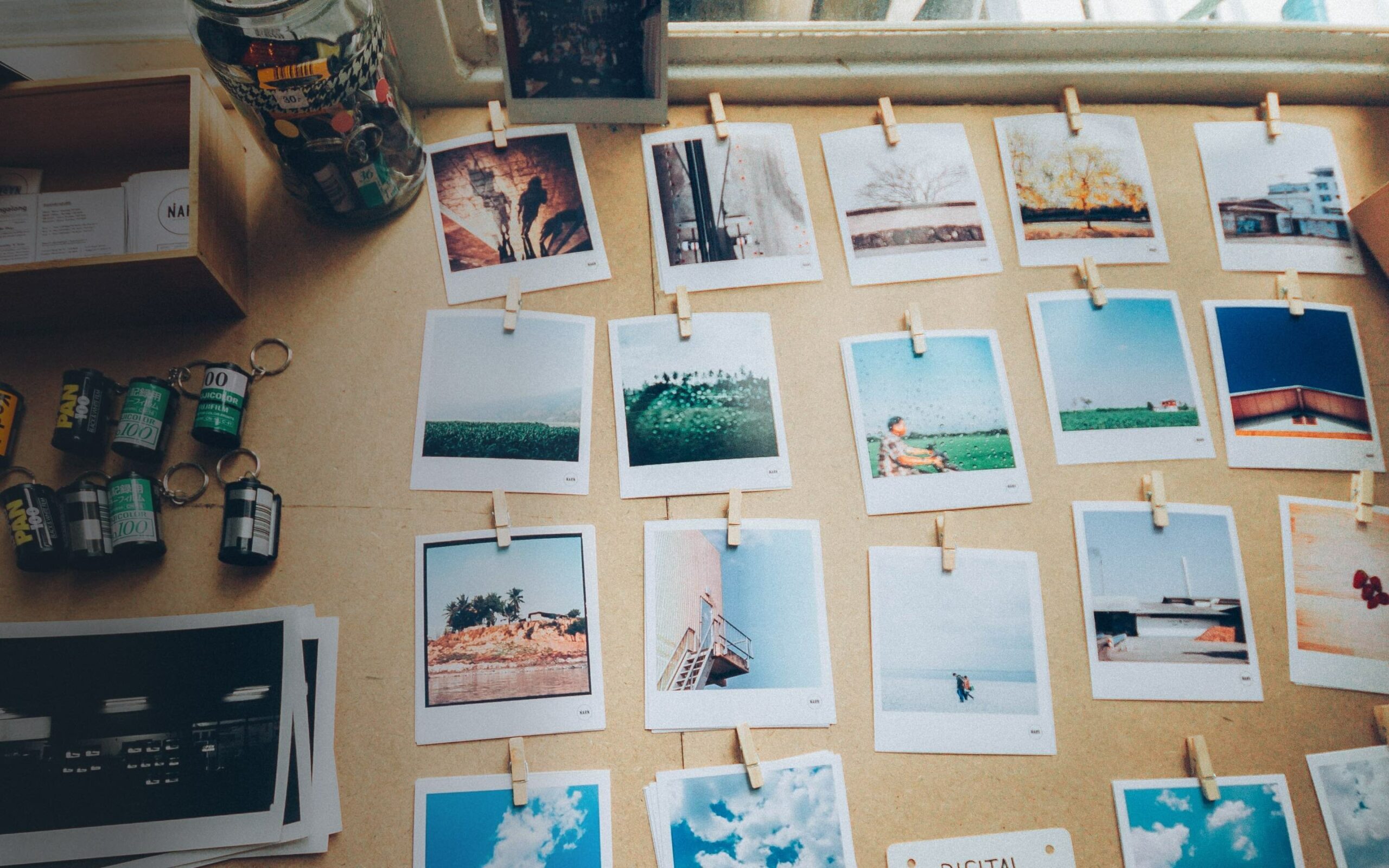
There’s one thing every photographer needs: a good portfolio. But how do you make one?
From choosing the perfect shots to choosing the right medium, here’s everything you need to know about how to make a photography portfolio that stands out from the crowd.
Why do you need a photography portfolio?
If you’re keen to turn your hobby into a photography business, building a photography portfolio is essential. It helps you to showcase your best work to potential clients and highlights your unique approach to capturing the world around you.
When clients are looking for a photographer to work with, they’ll look at different portfolios to help them decide which photographer best aligns with their needs.
A portfolio packed full of good photos also shows potential clients that you take your photography business seriously – which could mean that they’re more likely to hire you for a project.
Putting your best work together in one place can also help you to develop your creative vision. You might realise that all of your favourite photos are in a similar style, or you might see that portrait photography is your best genre. Reviewing your own work with a critical eye can help you to decide which projects you want to pursue or whether you want to focus on a particular niche going forward.
Creating a photography portfolio
So, what do you need to do to create an impressive portfolio? We’ve outlined the main things you need to think about when putting together your photography collection.
Choose your best work
It’s important to be selective when putting together your portfolio. Don’t just include every image you’ve ever taken – it should really be a place for you to showcase your very best work.
You should also think about what skills and style you want to highlight. Do you want to show that you’re particularly adept at street photography? Include plenty of relevant images showing your talents in that area. Or if you’re hoping to get commissions as a product photographer, then primarily focus on eye-catching commercial shots.
Consider the order of images
Think about what story you want to tell with your photographs, and what message you want them to send. You could arrange your photographs in chronological order or go for thematic groups. You could also group them by colour or the mood of the image.
Whatever you choose, always start with a strong opening image to grab the viewer’s attention – and finish with an unforgettable photograph that will linger in their mind.
Online or offline porfolios?
Should you have an online portfolio or a printed one? Ideally, in today’s world, you should have both. If you’re hoping to attract clients online, a digital portfolio is the way to go. There are plenty of photography portfolio websites you can use to show off your best work – and if your budget is tight, there are free website builders that can help you to pull together a professional-looking portfolio quickly and easily.
You shouldn’t forget about printed portfolios, though. There’s nothing quite like looking at photographs in the flesh, and if you’re having in-person meetings about your work, it’ll be much more impactful for potential clients to look at physical copies of your work rather than scrolling through digital versions.
Edit your work
Before adding any photographs to your portfolio, give them a once-over to ensure they’re looking their best. This will be easier with digital photography, as you can quickly edit things like exposure, colour and sharpness.
However, it’s also worth taking the time to upload analogue photographs to photo software to ensure you can tweak them as well. The editing process offers another opportunity for you to assess your work critically and remove any weaker images that dilute the overall impact of your portfolio.
Include short captions
Some photographers prefer to let their images work for themselves, but it can be useful to provide a few lines about each of your photos. You could briefly tell the story behind the subject, the location, or the project, to help the viewer get a better feel for the intention behind the image. You might also want to include any relevant technical details about how the photo was shot and what equipment you used.
Get feedback
Before you send your portfolio off into the world, ask for a second opinion from another photographer. It can sometimes be hard to look at our own photographs objectively, so it can be useful to get the opinion of another artist you trust. They can give you pointers on any areas to improve and photographs to include or remove, to ensure your portfolio is as strong as possible.
As you grow and develop as a photographer, remember to keep updating your portfolio – it should be a living, breathing document that always shows off your best work.
If you’re looking for more tips to improve as a photographer, keep an eye out for Rankin’s BBC Maestro course coming soon. As one of the world’s most renowned photographers, he’ll teach you everything from the basics of camera types, to the nuances of promoting your work.

Give the gift of knowledge
Surprise a special someone with a year's access to BBC Maestro or gift them a single course.





